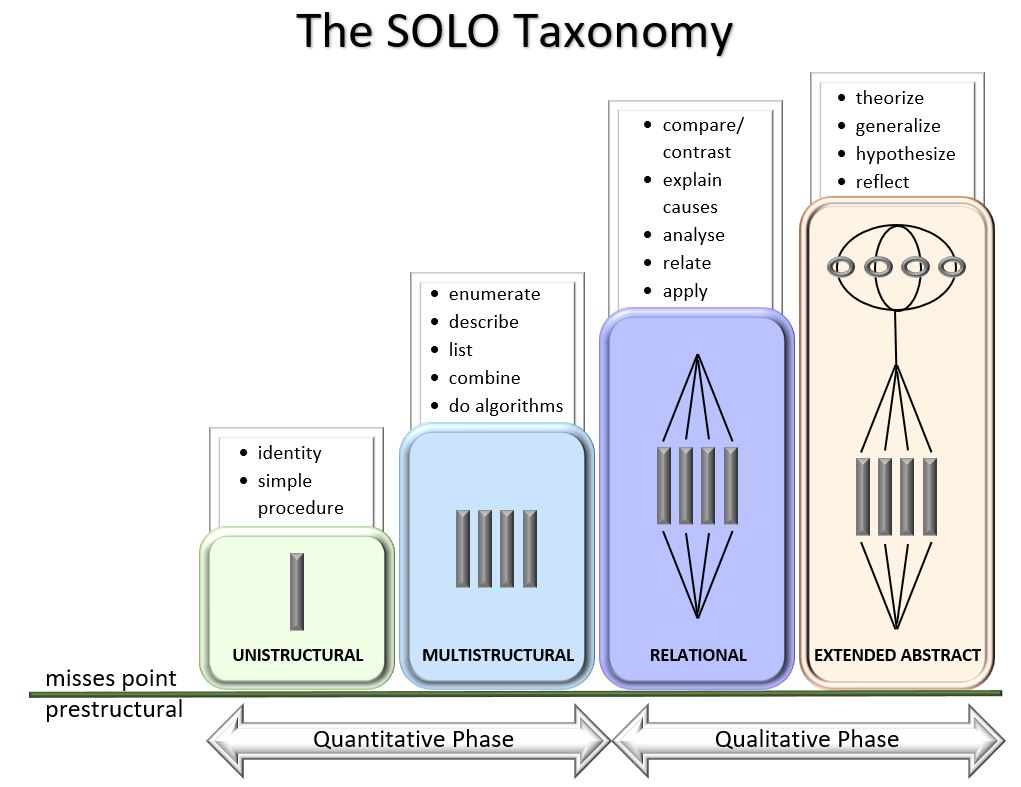7.1 Types of Knowledge
The typology of knowledge is a convoluted topic because knowledge can be disputed from many individual viewpoints. However, it can be explained with a methodological approach by using different theories. Epistemology was described generally in earlier chapters. Types of epistemology, according to the Business Research Methodology (BRM) Institute, include many different threads, some of which are listed below[1]:
- Empiricism: the knowledge that comes from sensory experiences
- Essentialism: the knowledge that is linear and has set characteristics
- Rationalism: the knowledge that is based on reason, rather than emotions
- Progressivism: the knowledge that is based on advocacy and change reform
- Constructivism: the knowledge that is built from shared experience
Theories of knowledge reflect the thinking related to research methodology. The BRM shows practical ways to look at how knowledge is obtained, as well as possible motivations for its attainment. As an example, pragmatism is related to observable and practical research relating to a rational epistemology. Furthermore, an interpretivist approach may work with progressive epistemology, which focuses on subjectivism and motivation.
Threshold concepts, as defined by Biggs and Tang, stem from two types of knowledge: declarative and functioning. Threshold concepts are core concepts in a subject where understanding these concepts is key to transforming the way students understand a whole subject, thus allowing them to move on in their learning. One example is the opportunity cost, which once students grasp it, leads to a more thorough understanding of the discipline of economics. There are seven possible levels of threshold concepts[2]:
- Transformative
- Troublesome
- Irreversible
- Bounded
- Discursive
- Reconstructive
- Liminality
The connection of knowledge to threshold concepts focuses on how learners engage with certain outcomes. Transformative and reconstructive concepts relate to progressive and constructivist theories of knowledge. Discursive methods may relate to empiricism and essentialism, but knowledge can be built through threshold concepts.
Biggs and Tang have laid out the framework for the construction of learning objectives. The Structure of Observed Learning Outcomes (SOLO) Taxonomy is a set of objectives for student learning. They show that learning increases over time in structural complexity, from a strict quantitative explanation to a broader qualitative explanation, as visualized below[2].

The constructive and essential framework within the SOLO Taxonomy is relevant to empiricism and progressivism. In one way, learning happens through sensory experiences. At the same time, reform and change within learning happen over time, given the shift in knowledge acquisition and complexity. The SOLO Taxonomy allows individuals to structure competencies of learning and achieve higher orders of thinking. To increase understanding of the SOLO Taxonomy, use the activity below to conceptualize its levels.

